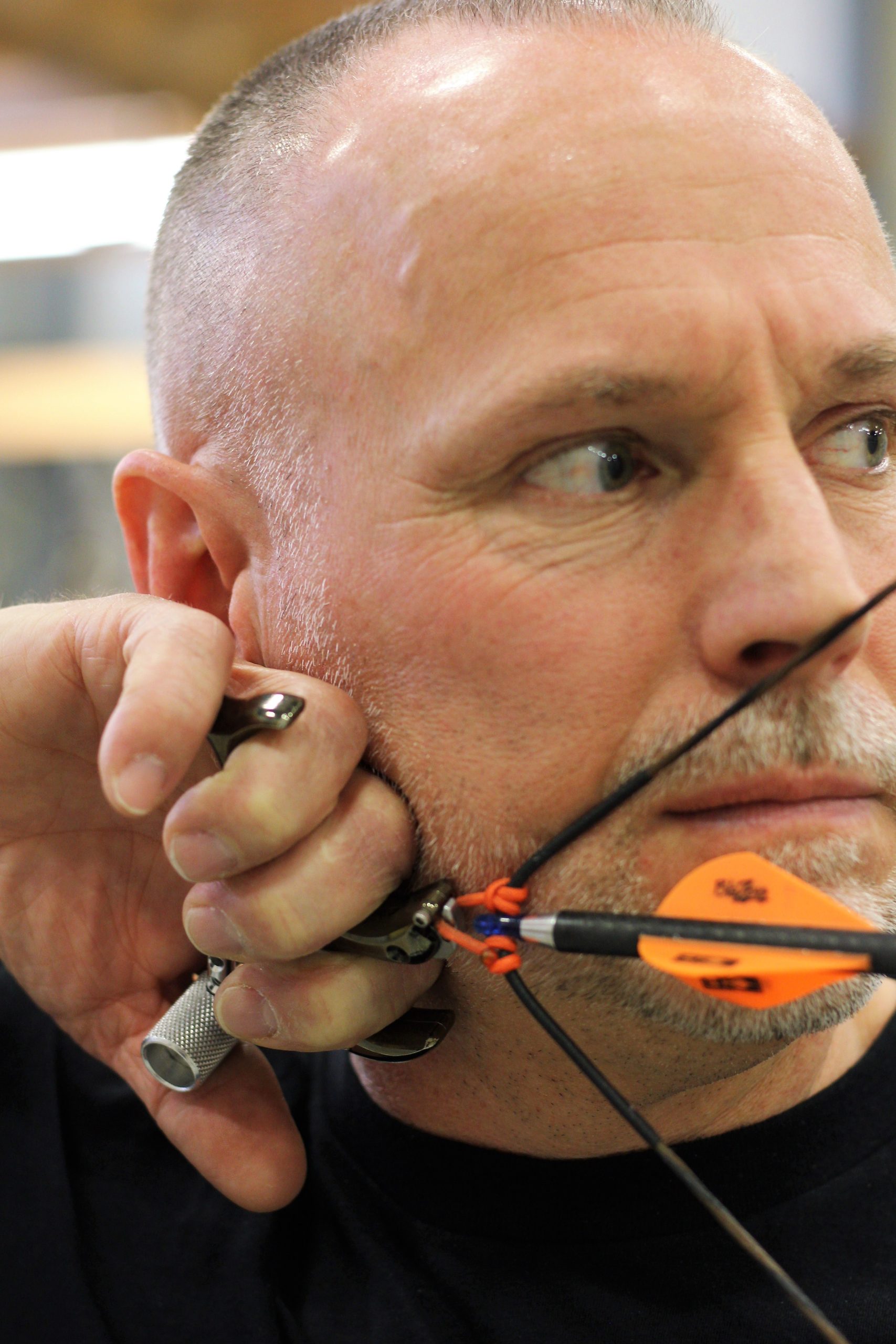
Back in the early 90’s, like a lot of us, I shot my compound with a leather shooting glove and continued as a finger shooter for the first five years of my foray into the exciting world of bowhunting. Since then, substantial innovations have resulted in shorter axle-to-axle lengths, riser modifications, advanced limb designs, and vastly improved wheels and cams – all of which have exponentially increased IBO speeds. Along with these improvements came a requisite shift to the use of mechanical release aids. These technological marvels help minimize string torque, in turn significantly improving shooting accuracy. In turn, it’s rare to find archers shooting fingers with today’s compound bows.
If you’re in the market for a new release, consider the options. With pros and cons to each, indeed not all are created equal. We all have different preferences, but consider the desired function. For me, it’s all about the fit, application, the mechanical working parts of the release, components that are easy on the string, adjustability, and reliability. Here are some of the things you want to consider as you decide which release is best for you.
Index Finger Trigger Releases
Until less than a decade ago, most bowhunters used wrist-strap and caliper-style trigger releases. Why? Because they’re generally comfortable, quiet, secure, relatively inexpensive, and easy to use. Wrist-straps are typically made to fasten either with Velcro or a buckle. With a proper snug fit, the tension is held by the wrist allowing the shooter to relax their hand and index finger until they’re ready to take the shot. By description, wrist-strap caliper releases like the B3 Alpha Buckle Strap Release Aid and Trophy Ridge Shootout Release have either a rod, string, or cord attached to the wrist strap. The archer either pushes the trigger mechanism forward to close the calipers onto the string or pinches the caliper or single hook attachment between their thumb and index finger to fasten it on to the bow string. The archer draws the bow by pulling back the string using the wrist, then, after anchoring and aiming, the index finger gently squeezes the trigger – ideally prompted by back tension – to open the caliper or hook, thereby unleashing the string and sending the arrow on its way.
Quality wrist and caliper releases have an adjustment that allows the archer to properly adjust to suit the size of his or her hand. Much like a firearm trigger, most also allow adjustment of trigger pull to make it heavier or lighter. As for the calipers themselves, several options are available. Some have double jaws, others have a single hook, and still others use a ball-bearing design.
Back Tension Releases
Back tension release aids, like the Stan OnneX Clicker Thumb Release and the BC Coop Pro Back Tension Release, are all the rage with competitive target and even many 3D shooters, but they are becoming increasingly popular with many hardcore bowhunters these days as well. With either a string or claw that locks on to the string, most back tension releases are ergonomically shaped to fit behind and in the grooves of the archer’s fingers. Used primarily by highly skilled archers, these releases are precision instruments.
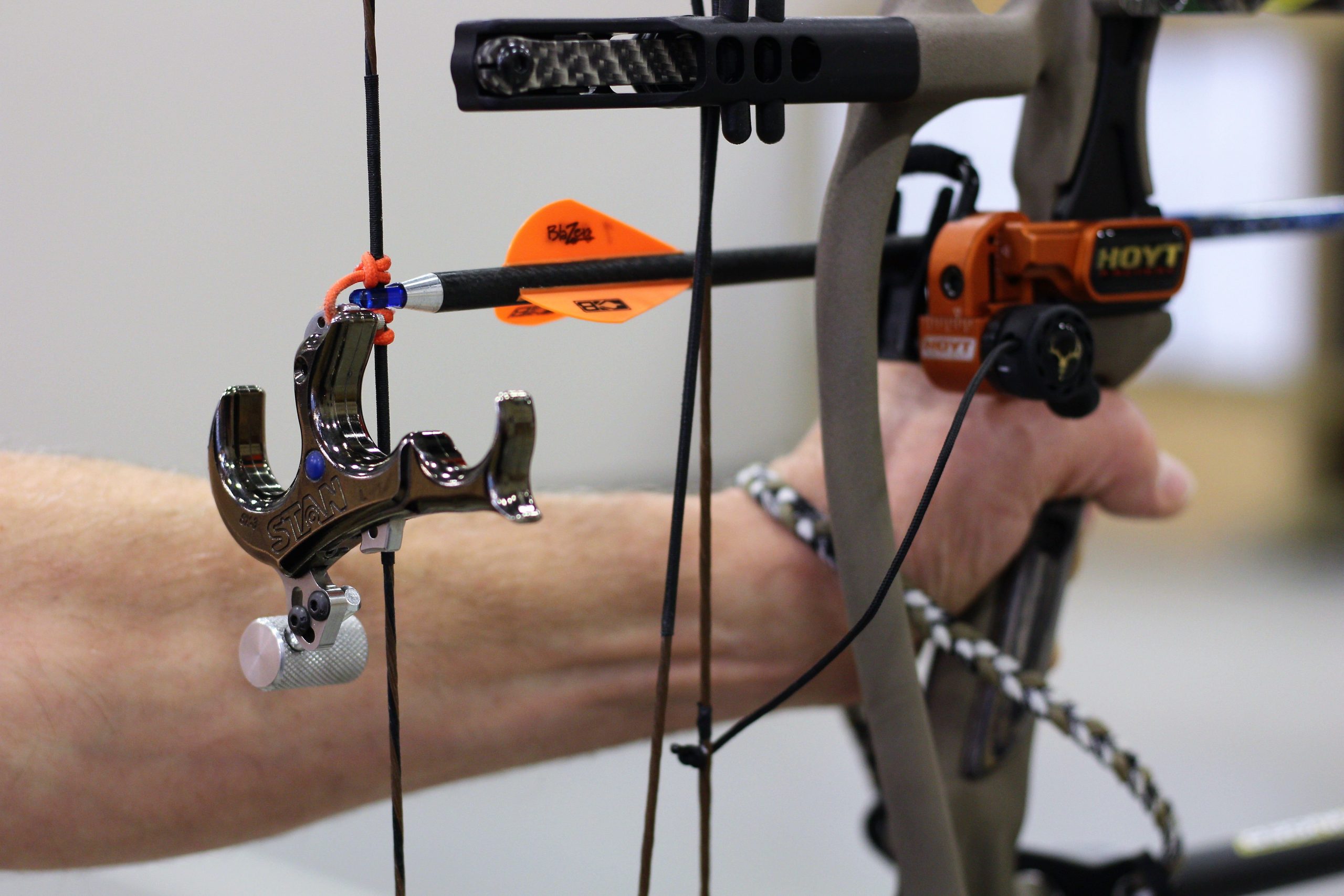
There are four different types available today including hinge, true tension, index activated, and thumb activated releases. Index- and thumb-activated releases are the most popular with bowhunters because of the amount of control they offer. To use these releases efficiently, archers must have proper form. Punching or slapping the release mechanism doesn’t work. Instead, these types of back tension releases demand that the archer properly wraps the finger or thumb and pulls with their back while maintaining, or building, pressure on the release mechanism.
Automatic Release Aids
Less familiar, and generally not suitable for bowhunting, the newest players on the mechanical release scene, are automatic – or hydraulic – release aids. Available in wrist or handheld styles, depending on the model, they can be set to activate between zero and six seconds after beginning your draw or after the trigger is released. In other words, they are designed to release at a pre-set time. While some express concern over the risks associated with this type of release, they usually have a built-in safety mechanism to help avoid unintentional releases.
In the end – regardless of which type of release you choose – the mechanics behind making an accurate shot with a bow are similar to those required to make a precise shot with a firearm. With trigger releases, proper form accompanied by a gentle, consistent squeeze or pressure on the trigger will launch the projectile with accuracy. With all other releases, good form will do the same. Its up to each individual bowhunter to determine which style of release suits his or her application best.
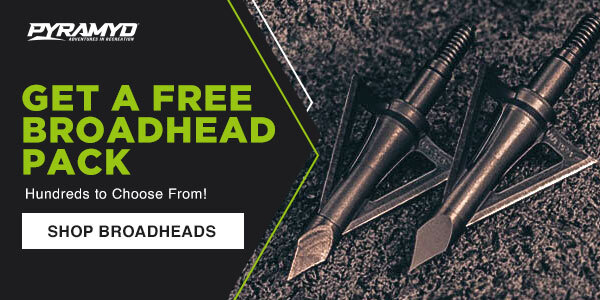
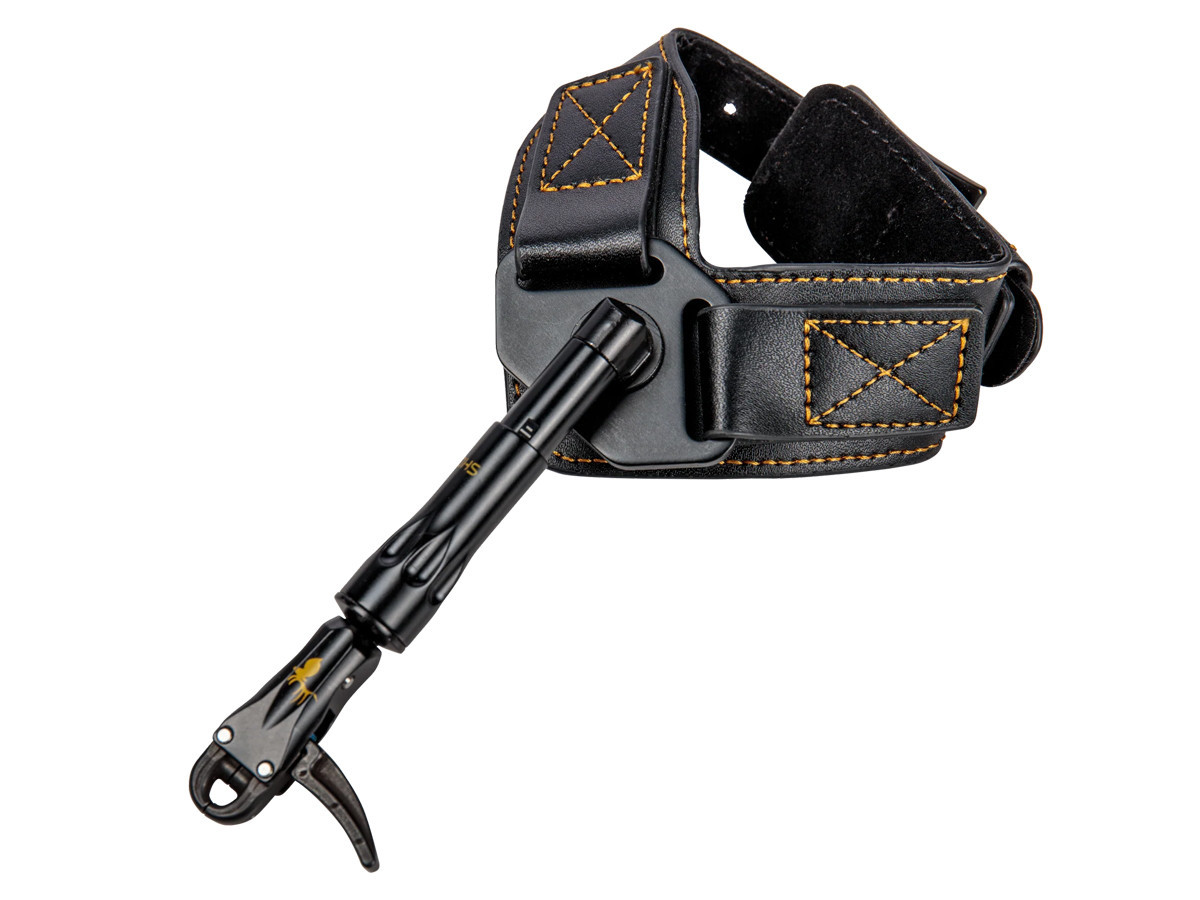
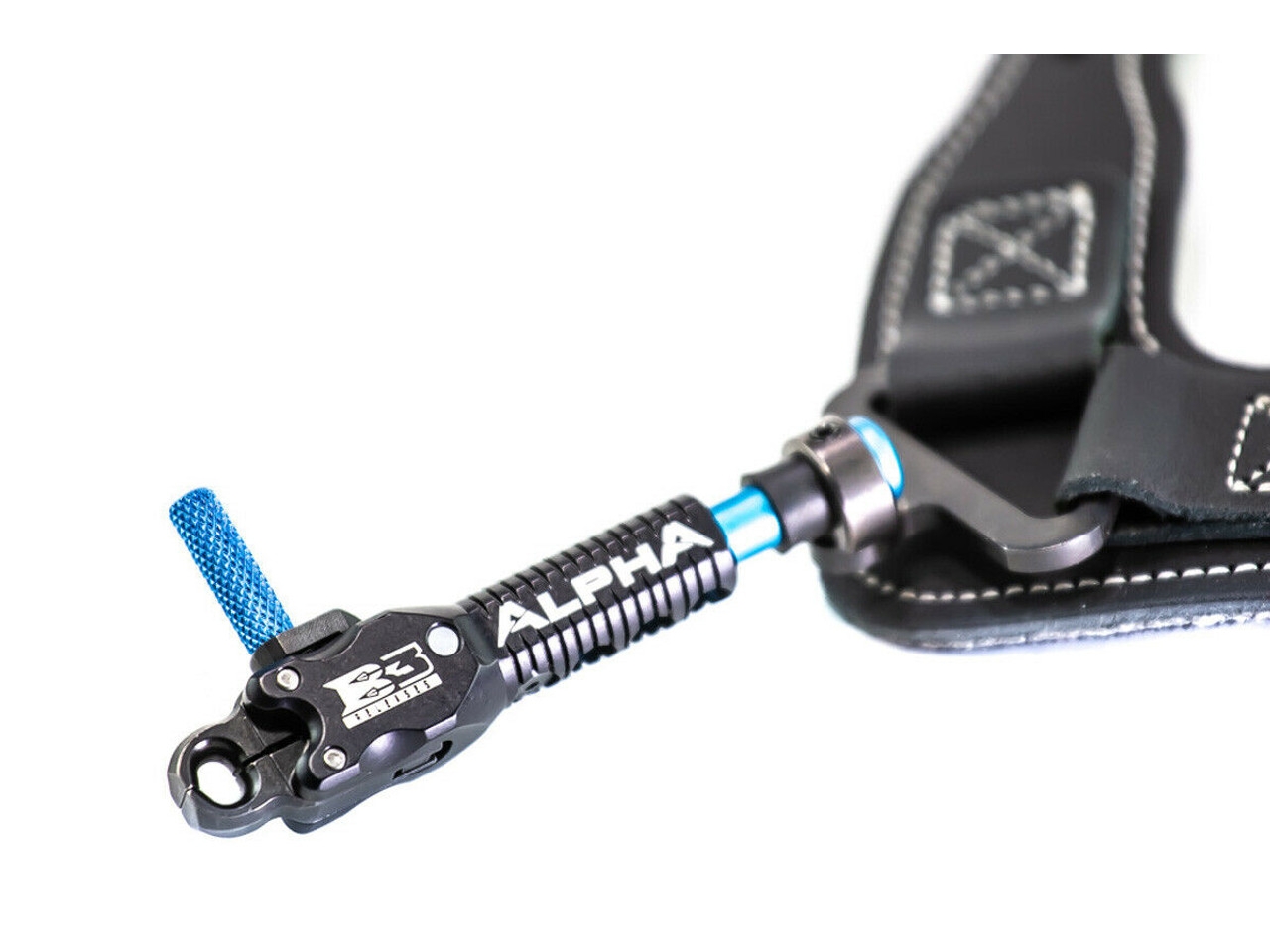
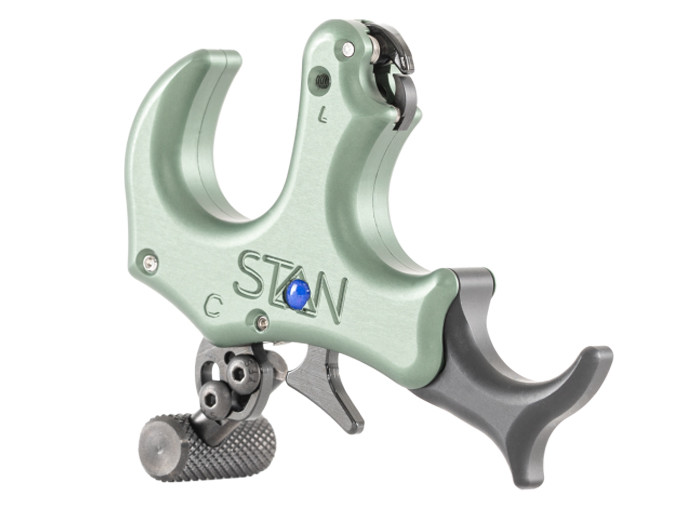

I was amazed once I tried compound bow how sensitive the release is (may be). It can be like a match trigger. I tried one on the 50lbs bow. Amazing.
I came to the game late (in my fifties) so the pistol grip style was the most natural choice for me. Still it’s better than many of the airgun triggers I have ever used.